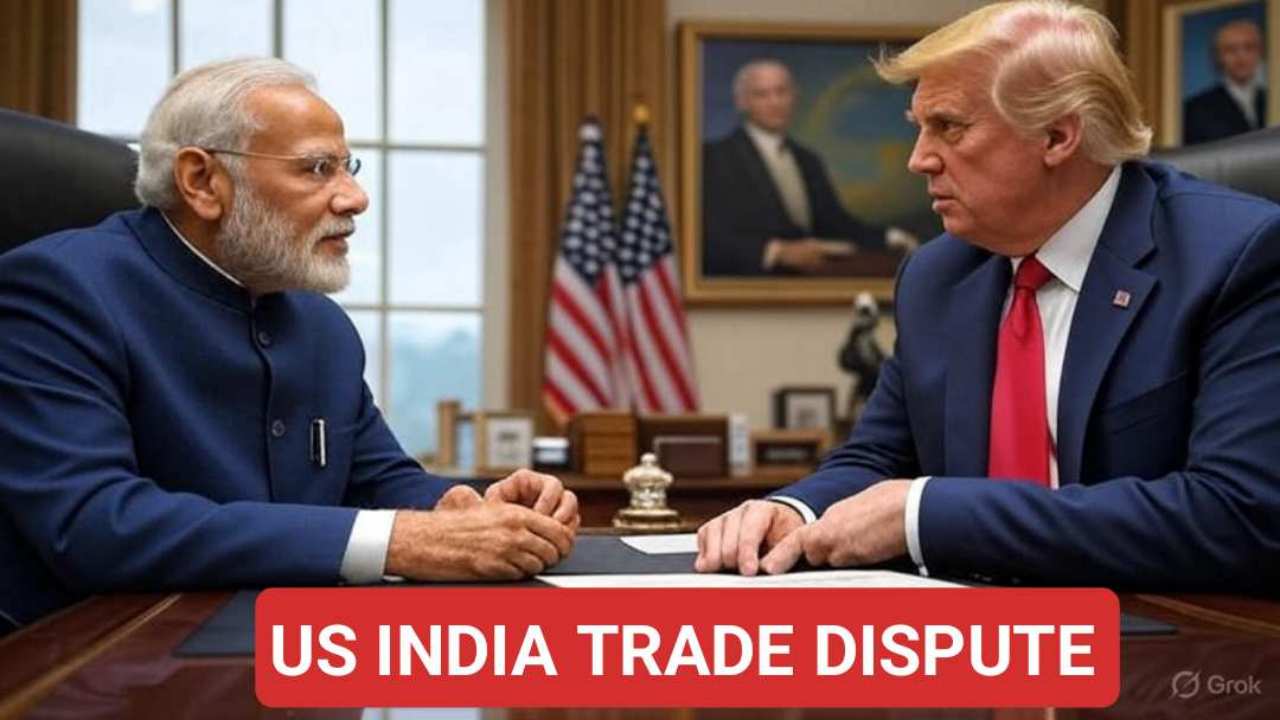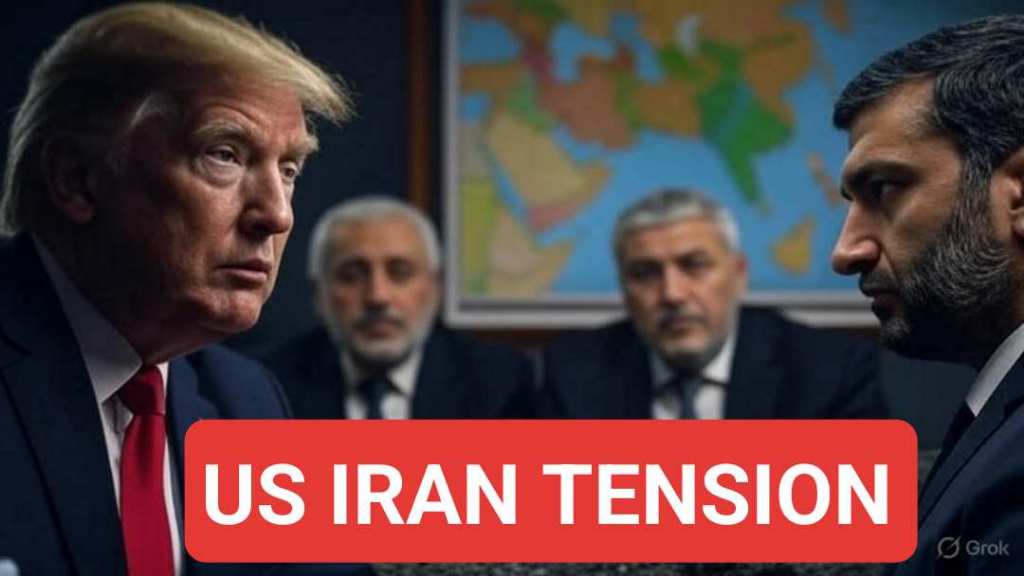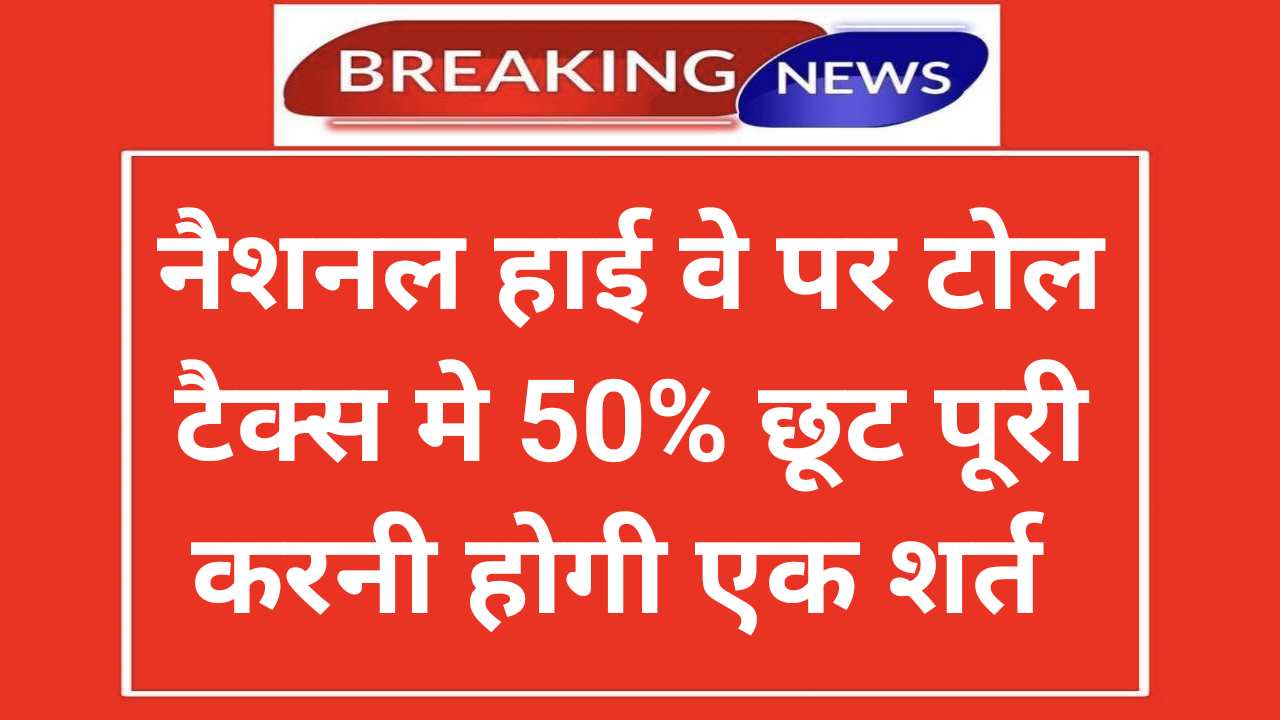US India Trade Dispute : Tensions, Tariffs, and the Path Forward. The United States and India, two of the world’s largest economies, share a complex and evolving trade relationship. While both nations have historically cooperated to foster economic ties, recent years have seen escalating tensions, often described as a “trade Dispute ” driven by tariffs, trade imbalances, and differing policy priorities. This article explores the origins, key issues, and potential resolutions of the U.S.-India trade conflict, drawing on recent developments and economic data.
Origins of the Trade Dispute
The U.S.-India trade relationship has been a cornerstone of their strategic partnership, with bilateral trade in goods and services reaching $194 billion in 2022, according to the U.S. Trade Representative (USTR). India is the U.S.’s ninth-largest trading partner, while the U.S. is India’s largest export market. However, disputes over market access, tariffs, and intellectual property rights have strained this relationship.
The trade dispute gained momentum in 2018 when the U.S. imposed tariffs on steel (25%) and aluminum (10%) imports, citing national security concerns under Section 232 of the Trade Expansion Act. India, a significant exporter of these metals, was hit hard. In retaliation, India imposed tariffs on 28 U.S. products, including almonds, apples, and chemicals, in June 2019. These tit-for-tat measures marked the beginning of a broader trade skirmish.
Further tensions arose when the U.S. revoked India’s status under the Generalized System of Preferences (GSP) in 2019, which had allowed duty-free entry for $5.6 billion of Indian exports. The U.S. cited India’s restrictive trade practices, such as high tariffs on agricultural goods and barriers to digital trade, as justification. India responded by accusing the U.S. of unfair pressure and defending its policies as necessary for domestic economic growth.
Key Issues in the Trade Dispute
1. Tariffs and Market Access: India maintains high tariffs on several U.S. goods, including agricultural products (e.g., dairy, poultry) and electronics. For instance, India’s tariffs on apples and walnuts reached 75% and 100%, respectively, before partial resolutions in 2023. Conversely, the U.S. has restricted Indian exports like pharmaceuticals and textiles through non-tariff barriers, such as stringent regulatory standards.
2. Digital Trade and Data Localization : India’s push for data localization, requiring companies to store data within its borders, has clashed with U.S. tech giants like Amazon and Google. The U.S. argues these policies discriminate against foreign firms, while India views them as critical for national security and economic sovereignty.
3. Intellectual Property Rights (IPR): The U.S. has repeatedly placed India on its Priority Watch List for weak IPR enforcement, particularly in pharmaceuticals. India’s generic drug industry, a global leader, faces pressure from U.S. companies seeking stronger patent protections.
4.Trade Imbalance: The U.S. runs a trade deficit with India, which was $31 billion in goods in 2022. While this is smaller than deficits with countries like China, it remains a point of contention for U.S. policymakers advocating for “fair trade.”
Recent Developments
In 2023, both nations took steps to de-escalate tensions. During Prime Minister Narendra Modi’s state visit to the U.S., agreements were reached to resolve six World Trade Organization (WTO) disputes, including India’s removal of retaliatory tariffs on U.S. agricultural products like chickpeas and almonds. In return, the U.S. agreed to facilitate market access for Indian mangoes and pomegranates. However, broader issues, such as India’s high tariffs on electronics and U.S. restrictions on Indian generic drugs, remain unresolved.
The Biden administration has emphasized a strategic partnership with India to counter China’s influence in the Indo-Pacific. This geopolitical alignment has softened some trade rhetoric, but economic disagreements persist. For example, India’s participation in the U.S.-led Indo-Pacific Economic Framework (IPEF) excludes trade pillar commitments, reflecting its cautious approach to binding agreements.
Economic Impacts
The trade dispute has had mixed effects. For India, U.S. tariffs on steel and aluminum disrupted exports worth $1.5 billion annually, while retaliatory tariffs strained U.S. agricultural exporters, particularly in states like California. Consumers in both countries have faced higher prices due to tariffs, with Indian consumers paying more for U.S. apples and U.S. consumers facing costlier Indian pharmaceuticals.
However, the broader economic relationship remains resilient. U.S. foreign direct investment in India reached $46 billion in 2022, and Indian IT firms continue to dominate the U.S. services market. The trade war has also spurred India to diversify export markets, with increased trade to the EU and ASEAN nations.
The Path Forward
Resolving the U.S.-India trade war requires balancing economic nationalism with mutual interests. Several steps could pave the way:
1. Bilateral Trade Agreement: A limited trade deal focusing on agriculture, pharmaceuticals, and digital trade could address key sticking points. Negotiations for such an agreement have been discussed but face hurdles over India’s tariff policies and U.S. demands for IPR reforms.
2. WTO Reforms: Both nations could leverage the WTO to resolve disputes, though India’s skepticism of multilateral frameworks complicates this approach.
3. Strategic Alignment: Strengthening cooperation in areas like defense and clean energy could offset trade tensions. Joint initiatives, such as co-production of semiconductors, could align economic interests.
4. Dialogue and Trust-Building: Regular high-level talks, like the U.S.-India Trade Policy Forum, can foster compromise. Restoring India’s GSP status could be a goodwill gesture from the U.S.









